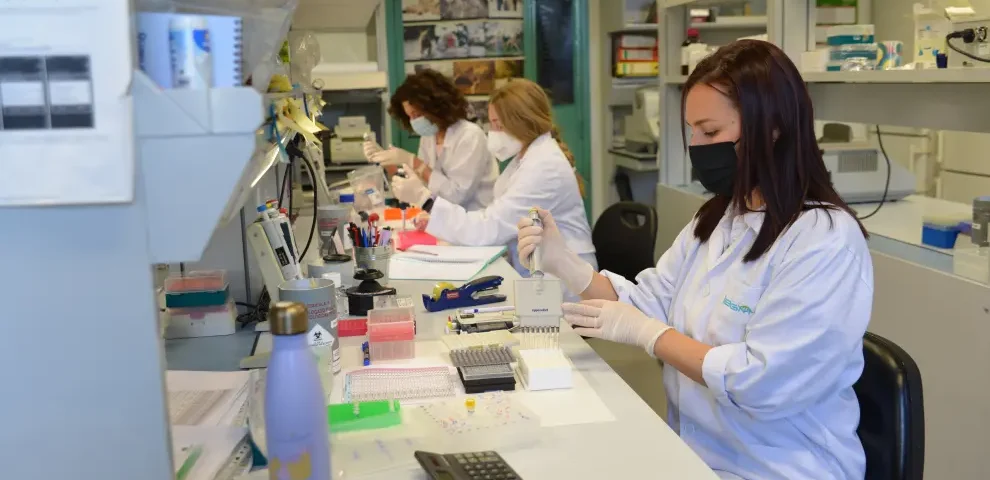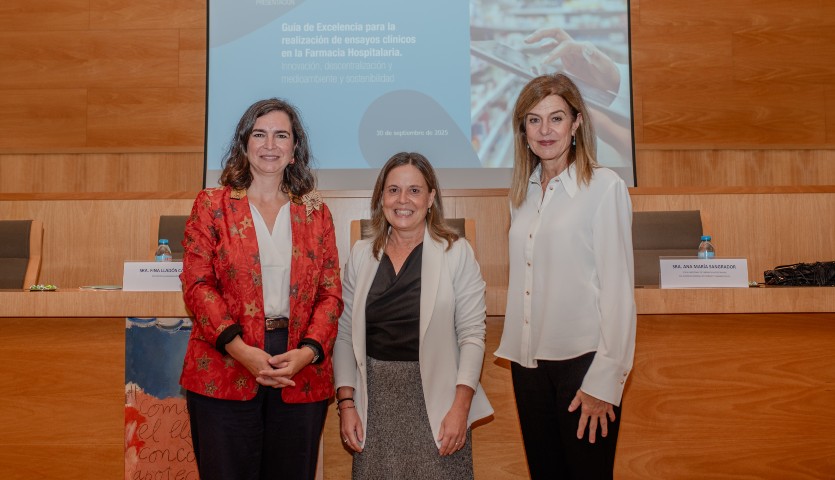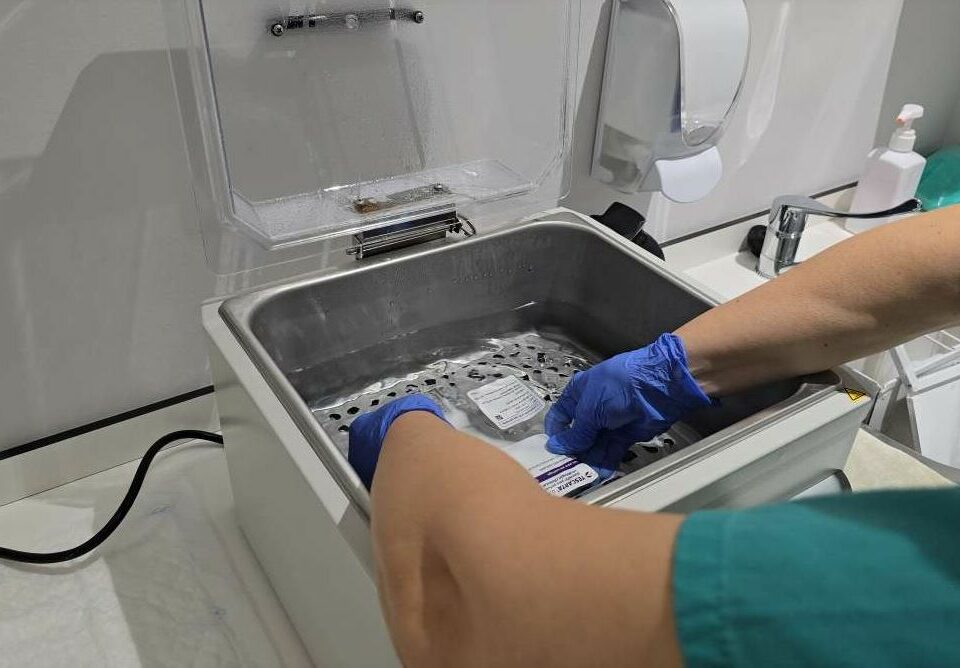Spain, European leader in clinical trials against cancer thanks to the agility and ‘atomisation’ of research groups


20minutos.es
Spain is bucking the general decline in cancer clinical trials seen across Europe: it is the only country maintaining its level of research, compared to a 14% increase in China, according to data presented by the SEOM at the seminar “Curar y cuidar en Oncología” (Healing and Caring in Oncology) held this Friday in Salamanca.
The increase in colon cancer at younger ages is worrying doctors, who do not know the causes: ‘The change is brutal.’
Spain remains the leader in cancer clinical trials in Europe and, in addition, is resisting the general decline seen across the continent and remains stable thanks to the speed of the study approval process and the ‘atomisation’ of research, distributed among 19 cooperative groups throughout the country that bring advances to patients nationwide. All this is at the expense of increased competition from China, where the number of trials has increased by 14%. Given this scenario, oncologists warn that the safety and efficacy of drugs tested in Asia may be altered when, once approved by European agencies, they are administered to the European population, which has different characteristics.
This is the picture painted by oncologists attending the seminar “Healing and Caring in Oncology”, organised on Friday by the Spanish Society of Medical Oncology (SEOM) and the biopharmaceutical company MSD in Salamanca. In 2024, a total of 930 new clinical trials were authorised in Spain, the highest number in Europe. Of these, 39% focused on oncology, according to SEOM data. ‘Spain leads the way in clinical trials in Europe, with the highest number of clinical trials per 100,000 inhabitants, both in overall figures and specifically in oncology,’ states the 2025 Oncology Research Dossier, presented by Dr César A. Rodríguez, president of the SEOM, during the meeting.
The oncologist highlighted that Spain is the only country in the EU where there has been no decline in the number of clinical trials opened during the five-year period from 2013 to 2018, when they fell by 7.6% in Germany, 5% in the United Kingdom and 2.4% in France. On average, across the EU, they have fallen by 6%, while Spain is the only country to remain in positive territory, with a 0.2% increase.
Behind this spearhead is, on the one hand, the agility of the Spanish Agency for Medicines and Health Products (Aemps), which requires less time to open a trial (an average of 206 days compared to 277 in the EU) because Spain was the first country to transpose new European legislation, Rodríguez pointed out.
The president of the SEOM also highlighted the ‘high quality of our healthcare system, infrastructure and the decentralisation of research centres’. For Rodríguez, the “atomisation” of work, spread across many research centres, ‘is a virtue’, as it has enabled the creation of a ‘broad and consolidated’ network that brings advances closer to patients throughout the country. In general, Spain has ‘more than three research centres per 10,000 square kilometres’. This diversification is an advantage for oncologists compared to a model of activity that is more concentrated in a few centres.

20minutos.es
Looking beyond our continental borders, while the number of clinical trials initiated in the European Union fell by 6% between 2013 and 2018, in the United States this decline was 2%, the same as in Canada. In contrast, in China it increased by 14% and in Japan by 3%.
Rodríguez pointed out that “there is a tendency to migrate the opening of clinical trials to countries with lower administrative requirements, such as Asia or other countries with a lower level of development than the EU. This is a problem because when I conduct a clinical trial in a setting that is not my own, the data may not be perfectly transferable to the population with certain standards. Continuing to retain the development of clinical trials in our environment is essential so that innovation can be applied to our population.”
Speaking to 20minutos, the vice-president of SEOM, Dr Javier de Castro, added that the Asian market already has many laboratories and that while “previously drugs were mainly European or North American, there are now many drugs of Chinese origin with very advanced technology. For the big Chinese pharmaceutical companies, the European market is possibly small in proportion. They are interested in competing with the US, as in the automotive sector.”
China, a new player
In line with Rodríguez, the vice-president of SEOM acknowledged: “What concerns us is that many studies of new drugs are much more competitive economically speaking, but often lack data on the European Caucasian population. We do not question the data globally, as it often passes regulatory authority controls because the studies are well done, but we want this data to also be developed in European populations, not exclusively from Asian patients, because there are very clear racial differences in terms of pharmacogenomics and pharmacogenetics. This means that the metabolism and elimination of the drug is not the same in different racial groups and may lead to alterations in the efficacy or safety of a drug. Therefore, we demand that if such studies are conducted, they also be carried out on European populations.
De Castro also stressed that pressure and competition from China could lead to a reduction in research in neighbouring countries. When asked why clinical trials cost less in China, the doctor replied that “perhaps clinical trial development does not involve all the costs that it might in a European or North American setting. That does not detract from the fact that they now have cutting-edge technology and first-class hospitals. It is a fact that they have made enormous technological advances.”
Rather than pressure, the oncologist prefers to talk about ‘healthy competition’ or ‘a new environment opening up that we did not have a few years ago.’ He returns to the car analogy: ‘Ten years ago, there were no Chinese cars in Spain, and now there is already a lot of competition. Why? Because they are cheaper and more accessible, for a number of reasons. Are they the same as German cars? We don’t know at this point. In terms of drugs, it’s a bit the same; a new avenue is opening up that we didn’t have years ago.’
Another current challenge, in Rodríguez’s words, is ‘the difficulty for cooperative groups to access independent academic research, where access as a centre is relatively easy, but access as a group is extremely complicated and, in certain calls for proposals, explicitly prohibited’. Of the 930 clinical trials conducted in Spain in 2024, 17% were carried out independently, as cooperative groups do, according to data compiled by SEOM. Since the first ones were established in 1994, cooperative groups—non-profit and multidisciplinary—have conducted 604 studies involving 71,603 patients. These are mainly phase II (55.25%) and phase III (32%) studies, with phase I (3.8%) and phase IV (3.31%) studies being much less frequent. GECP, GEICAM, SOLTI and TTD are the four groups with the highest number of clinical trials conducted.





